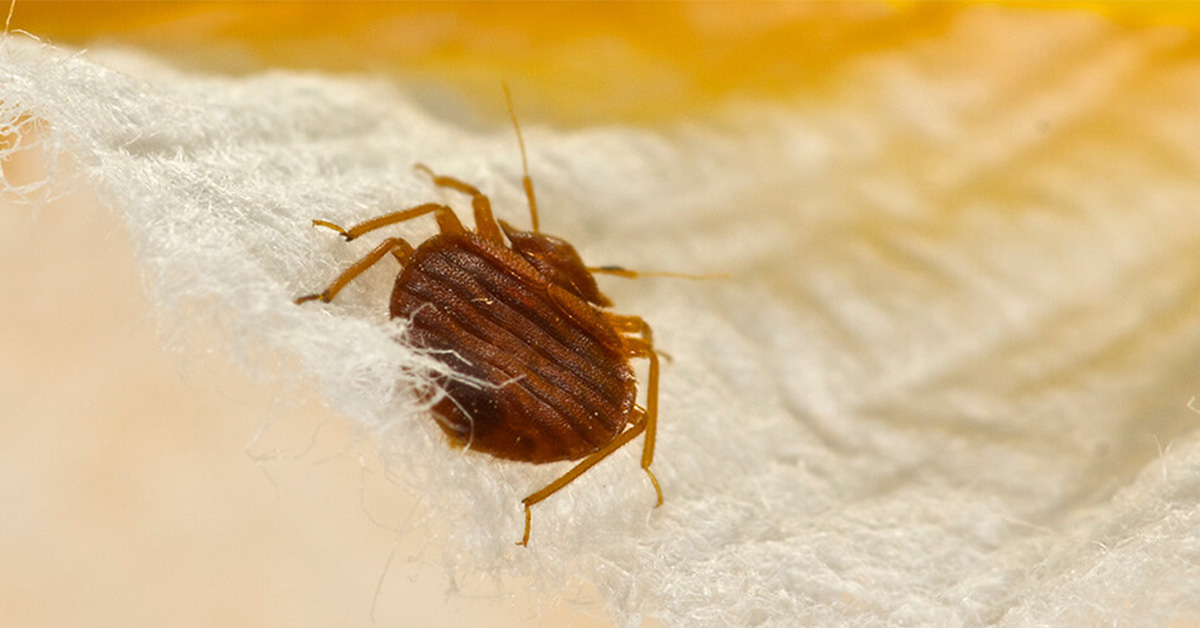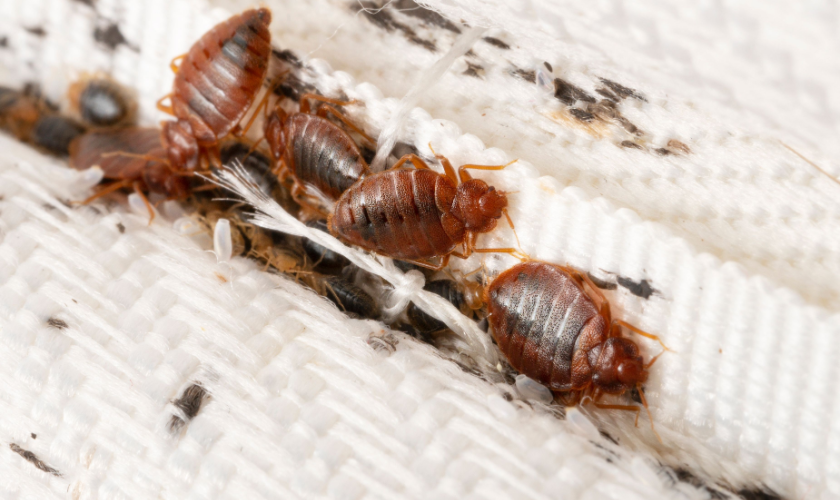Types of Pest Control: Which Approach Is Right for Your Infestation?
When confronted with a bug infestation, the choice of a proper approach for bug control is important in effectively handling the scenario. From chemical therapies to biological options, there exists a range of methods that can be employed to attend to various kinds of parasites. Each method features its own collection of considerations and advantages, making the decision-making procedure a nuanced one. Recognizing the subtleties of each strategy and evaluating their compatibility with the specific insect invasion handy is necessary for achieving lasting success in bug administration. By discovering the numerous types of insect control approaches readily available, individuals can make educated choices customized to their distinct situations, guaranteeing an extra sustainable and efficient outcome in parasite elimination.
Chemical Bug Control
Chemical bug control includes making use of synthetic or naturally acquired chemicals to handle and eradicate pest populations successfully. This approach is typically made use of in agriculture, forestry, and domestic setups to deal with a large range of parasites, consisting of rats, bugs, and weeds. Making use of chemical pesticides can offer quick and targeted options to pest problems, making it a preferred selection for several people and services.
Among the vital benefits of chemical insect control is its ability to quickly get rid of parasites, minimizing the danger of damage to crops, building, and human health and wellness. By making use of certain chemicals that target particular insects, this method can effectively manage invasions while decreasing injury to advantageous organisms and the atmosphere when used appropriately.
However, using chemical bug control likewise elevates concerns concerning potential damaging results on non-target types, water sources, and human health and wellness. It is vital to comply with security standards, use chemicals responsibly, and take into consideration different pest control approaches to decrease these threats and guarantee sustainable bug administration techniques.
Biological Insect Control
Biological insect control, additionally called biocontrol, utilizes living microorganisms to minimize and take care of parasite populaces naturally. This approach harnesses the power of nature to manage parasites without the need for synthetic chemicals. Biocontrol can involve the intro of natural adversaries of the pest varieties, such as killers, bloodsuckers, or microorganisms, to subdue parasite populaces. By utilizing the bug's natural killers or pathogens, biological bug control supplies a eco friendly and lasting remedy to pest administration.

Mechanical Parasite Control
Using physical and hand-operated methods to manage pest populaces, mechanical parasite control supplies a different technique that does not depend on the use of living organisms or artificial chemicals. This method includes the use of obstacles, catches, or various other devices to literally deter or remove pests. By obstructing parasite access my explanation points or establishing catches to capture them, mechanical parasite control can efficiently decrease problems without introducing chemicals into the environment.
One common example of mechanical bug control is using mesh displays on home windows and doors to stop insects from getting in structures. This basic yet reliable method functions as a physical barrier, maintaining parasites out while permitting correct air flow. Furthermore, tools like mousetraps, fly swatters, and ultrasonic repellents fall under the mechanical insect control category.
While mechanical insect control approaches can be labor-intensive and need routine tracking and upkeep, they use a eco friendly and lasting option for handling insect invasions. By combining different mechanical strategies, property proprietors can develop a detailed insect control strategy that reduces reliance on chemical pesticides.
Physical Pest Control

Some usual physical parasite control approaches include making use of barriers such as screens or webs to stop parasite access, catches to catch and get rid of parasites, and hand-picking to physically remove pests from plants or frameworks. Furthermore, methods like warm treatments can be utilized to regulate insects like bed pests by raising the temperature level to levels that are deadly to the pests.
Physical insect control is specifically useful in incorporated pest administration (IPM) approaches, where numerous insect control approaches are integrated for reliable pest administration while reducing using chemicals. By utilizing physical parasite control techniques, people can properly resolve bug infestations with marginal ecological impact.
Integrated Insect Monitoring
When carrying out physical parasite control methods as part of insect administration approaches, Integrated Pest Management (IPM) becomes a comprehensive method that leverages different methods to properly regulate pest populations. IPM concentrates on lasting avoidance of parasites through a combination of biological, cultural, physical, and chemical devices customized to details pest issues. By integrating numerous control tactics, IPM aims to decrease the risks associated with pests while also reducing dependence on chemical solutions.
One trick aspect of IPM is the focus on surveillance and assessing pest populaces to establish one of the most proper control approaches. This positive technique enables early treatment and targeted approaches, leading to a lot more effective insect management. Additionally, IPM advertises eco pleasant techniques by focusing on non-chemical control approaches and only making use of chemicals as a last hope.
Verdict

By making use of the parasite's all-natural killers or microorganisms, organic parasite control provides a ecologically friendly and sustainable remedy to pest monitoring. - Kings pest control Cincinnati
Using manual and physical approaches to take care of bug populations, mechanical pest control supplies a different technique that does not depend on the use of living microorganisms or synthetic chemicals.An effective strategy to taking care of parasite populaces without depending on chemical or biological approaches includes the use of physical parasite control methods.When executing physical bug control techniques as part of bug management strategies, Integrated Bug Administration (IPM) arises as a detailed strategy that leverages numerous techniques to properly manage pest populaces. Chemical bug control involves the usage of chemicals, biological pest control uses natural predators, mechanical parasite control includes physical obstacles, physical insect control consists of capturing or removing parasites, and integrated bug management incorporates numerous techniques for an alternative approach to pest control.